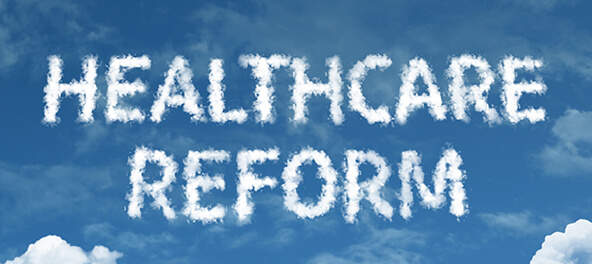
Medicare Part D Is On The Rise – But Are Drug Costs Going Down?
July 12, 2019Since 2006, the amount of people who are enrolled in Medicare Part D has doubled — totaling a little over 45 million people. That would mean that 70% of all Medicare beneficiaries are registered in the drug coverage plan (data…











